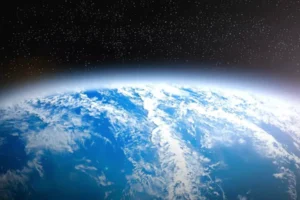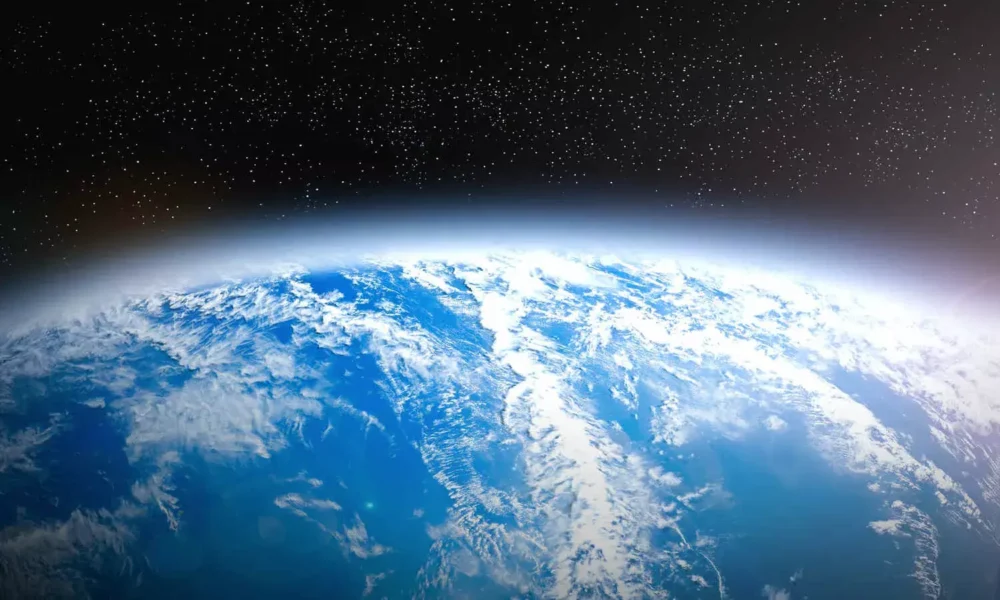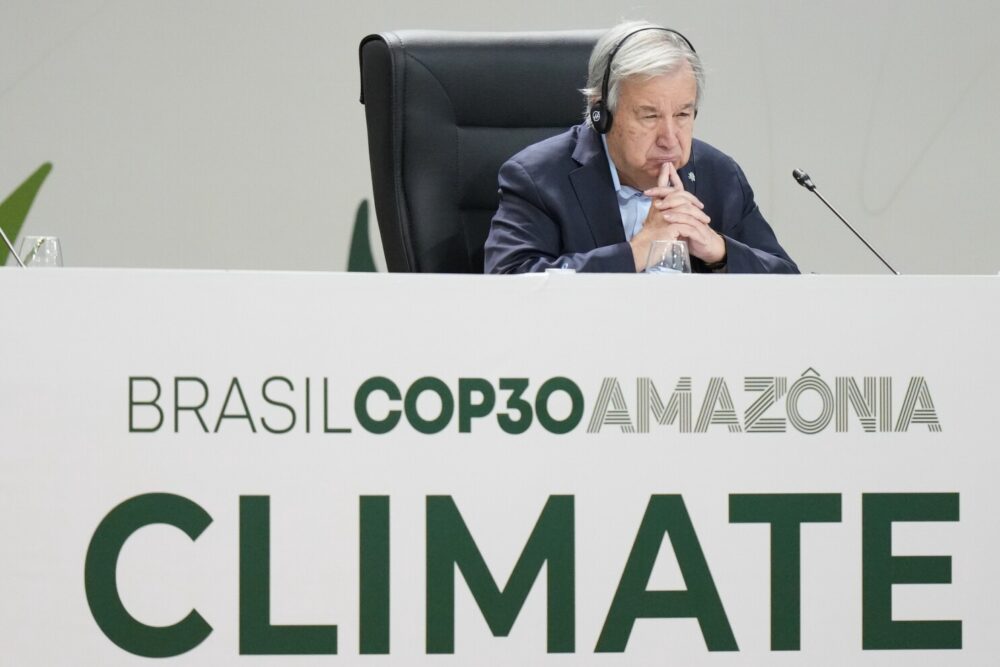According to new findings from NOAA and NASA scientists, the Antarctic ozone hole in 2025 is considerably smaller compared to recent decades. Researchers report that this year’s ozone hole is the fifth smallest recorded since 1992, highlighting positive progress in global atmospheric recovery efforts.
In early September, the ozone hole reached its peak size for 2025, covering 8.83 million square miles — roughly 30% smaller than the record-breaking size observed in 2006.
Despite its name, the “ozone hole” isn’t an actual opening in the atmosphere. Instead, it refers to a vast region in the stratosphere where ozone levels drop to extremely low levels.
Impact of Global Regulation Efforts
Scientists from NOAA and NASA attribute much of this improvement to global policies that restrict ozone-depleting substances. The Montreal Protocol, implemented in 1992, was a landmark agreement that phased out harmful chemicals such as chlorofluorocarbons (CFCs). Subsequent amendments have strengthened these measures and kept ozone restoration on track. Experts predict that the ozone layer should fully recover later this century as countries continue adopting safer chemical alternatives.
Paul Newman, a senior researcher with NASA’s ozone program, noted that this year’s ozone hole would have been over one million square miles larger if chlorine levels in the stratosphere had remained at the levels recorded 25 years ago.
For many years, CFCs and similar compounds were heavily used in household items such as aerosols, foams, air conditioners, and refrigerators. These chemicals significantly weakened the ozone layer until global regulations curbed their production.
Role of Natural Atmospheric Factors
In addition to human action, natural influences such as temperature shifts and atmospheric circulation patterns also help determine the size of the ozone hole each year. Researchers believe these natural variations contributed to the smaller ozone hole observed in 2025.
Why the Ozone Layer Matters
Earth’s ozone layer acts like a protective shield, blocking harmful ultraviolet (UV) radiation from reaching the planet’s surface. When ozone concentrations fall, more UV rays filter through, increasing risks such as:
- Skin cancer
- Cataracts
- Immune system suppression
- Damage to crops and ecosystems
The smaller ozone hole observed in 2025 is a promising sign that long-term environmental policy can yield meaningful results.










